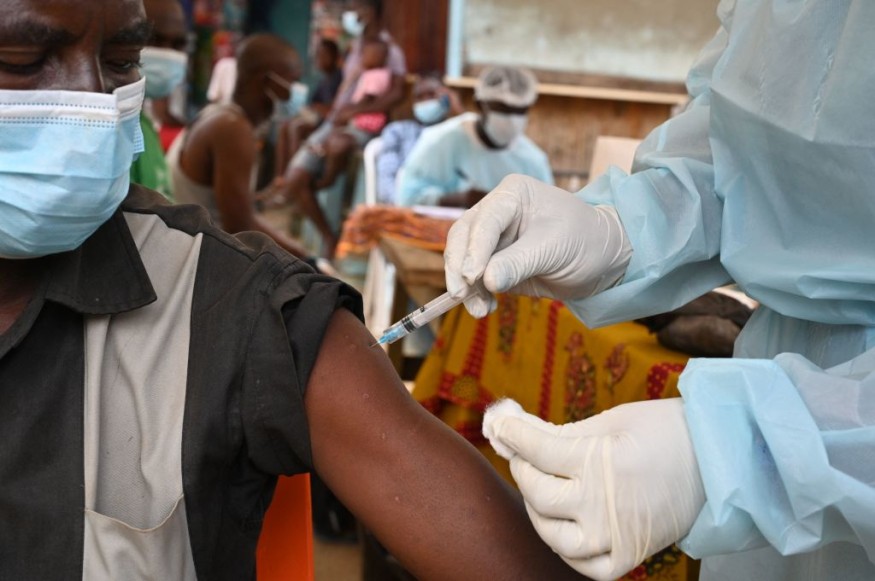The Ebola virus causes a rare but deadly disease with a high mortality rate on its victims.
The common symptoms of the Ebola virus are aches, muscle pains, diarrhea, fever, weakness, fatigue, abdominal pain, vomiting, hemorrhage, and bleeding.
The disease comes from the Ebola virus, also called Zaire ebolavirus (EBOV), a hemorrhagic fever virus that belongs to the Filoviridae family of viruses.
It first emerged in 1976 with reported outbreaks in the Democratic Republic of the Congo (DRC) and Sudan (currently South Sudan).
Unlike COVID-19, there are currently no vaccines developed yet against an Ebola infection, but clinical trials are underway against the virus.
However, scientists made a breakthrough study that shows the Ebola virus can hide and remain dormant in the brain for several years even after treatment.
The Ebola Virus Disease

The Ebola virus disease is rare but deadly-responsible for killing 90% of people infected with it.
Under an Ebola infection, the virus quickly spreads throughout the body, resulting in internal bleeding as the virus damages the immune system and internal organs, as per WebMD.
The symptoms of the disease may appear approximately between two to 20 days after being infected, while the average time of symptoms ranges from eight to 10 days, according to the Centers for Disease Control and Prevention.
There are no licensed vaccines yet to prevent the Ebola virus, but its associated symptoms can be treated.
However, the recovery of an infected person would also depend on his or her immune system and overall health.
After recovery, a study revealed the virus can still re-emerge after hiding in the brain.
Fight Against Ebola Continues Even After Recovery
A new study sheds light on the fact that the Ebola virus can hide and remain dormant inside the brain even after recovery and treatment, before emerging again to cause a fatal disease, according to researchers in their published work in the journal Science Translational Medicine on Feb. 9.
The study was conducted by Xiankun (Kevin) Zeng, Ph.D., and his team at the U.S. Army Medical Research Institute of Infectious Diseases.
The researchers used a "nonhuman primate model," which closely resembles the Ebola virus disease on humans, as per Medical Xpress news.
They collected data from monkeys that survived the Ebola virus disease.
The yielded results revealed that 20% of the monkeys that survived the virus after treatment with monoclonal antibody therapeutics still had a persistent infection, especially in the brain's ventricular system.
Over recent years, there have been recorded cases of Ebola infection in multiple countries.
Between 2013 and 2016, an Ebola virus epidemic occurred in the US, the UK, Sierra Leone, Liberia, Guinea, Nigeria, and Senegal, while between 2018 and 2020, another Ebola epidemic transpired in the DRC.
Since 1976, there have been more than 14,000 deaths associated with the Ebola virus disease worldwide as of 2021, according to data released by the World Health Organization.
Even with a low infection rate, the Ebola virus is considered to be one the deadliest pathogens in the world.
© 2025 NatureWorldNews.com All rights reserved. Do not reproduce without permission.





